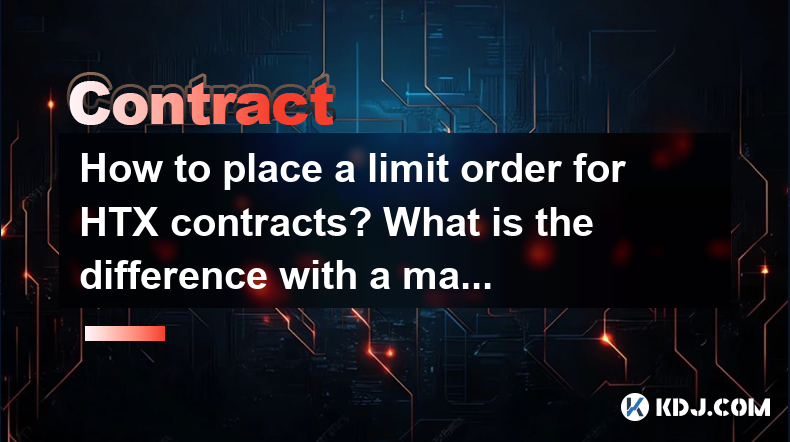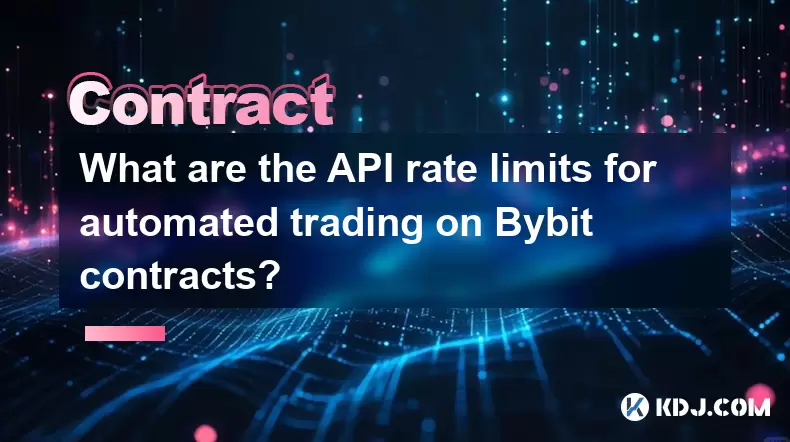-
 Bitcoin
Bitcoin $117500
2.15% -
 Ethereum
Ethereum $3911
6.19% -
 XRP
XRP $3.316
10.79% -
 Tether USDt
Tether USDt $1.000
0.01% -
 BNB
BNB $787.2
2.24% -
 Solana
Solana $175.2
4.15% -
 USDC
USDC $0.9999
0.00% -
 Dogecoin
Dogecoin $0.2225
8.40% -
 TRON
TRON $0.3383
0.28% -
 Cardano
Cardano $0.7868
6.02% -
 Stellar
Stellar $0.4382
9.34% -
 Hyperliquid
Hyperliquid $40.92
7.56% -
 Sui
Sui $3.764
7.63% -
 Chainlink
Chainlink $18.48
10.66% -
 Bitcoin Cash
Bitcoin Cash $582.1
1.88% -
 Hedera
Hedera $0.2601
6.30% -
 Avalanche
Avalanche $23.33
4.94% -
 Ethena USDe
Ethena USDe $1.001
0.02% -
 Litecoin
Litecoin $122.3
2.04% -
 UNUS SED LEO
UNUS SED LEO $8.969
-0.27% -
 Toncoin
Toncoin $3.339
0.86% -
 Shiba Inu
Shiba Inu $0.00001287
4.30% -
 Uniswap
Uniswap $10.43
7.38% -
 Polkadot
Polkadot $3.861
5.08% -
 Dai
Dai $1.000
0.02% -
 Bitget Token
Bitget Token $4.513
3.41% -
 Monero
Monero $267.7
-6.18% -
 Cronos
Cronos $0.1499
4.14% -
 Pepe
Pepe $0.00001110
5.15% -
 Aave
Aave $284.9
8.28%
How to place a limit order for HTX contracts? What is the difference with a market order?
To place a limit order on HTX, log in, navigate to the trading page, select "Limit," enter your price and amount, then submit and monitor your order.
May 03, 2025 at 06:29 am

Trading in the cryptocurrency market involves various types of orders, each designed to meet different trading strategies and goals. Among these, limit orders and market orders are fundamental tools that traders use to buy or sell assets on exchanges like HTX. This article will guide you through the process of placing a limit order for HTX contracts and explain the key differences between limit orders and market orders.
Understanding Limit Orders and Market Orders
Before diving into the specifics of placing a limit order on HTX, it's essential to understand the basic concepts of both limit and market orders.
Limit Order: A limit order allows you to set a specific price at which you want to buy or sell a cryptocurrency. The order will only be executed if the market reaches your specified price. This type of order gives you more control over the price at which you trade, but it does not guarantee that the order will be filled.
Market Order: A market order, on the other hand, is executed immediately at the best available current market price. This type of order ensures that your trade is executed quickly, but you have less control over the exact price at which the trade occurs.
Steps to Place a Limit Order on HTX
Placing a limit order on HTX involves a few straightforward steps. Here's how you can do it:
Log into Your HTX Account: Start by logging into your HTX account. Ensure that you have sufficient funds in your account to cover the trade.
Navigate to the Trading Page: Once logged in, navigate to the trading page for the specific contract you wish to trade. HTX offers various types of contracts, so make sure you select the correct one.
Select the Order Type: On the trading page, you will see options for different types of orders. Click on the "Limit" order option.
Enter the Order Details: You will need to enter the following details:
- Price: This is the specific price at which you want your order to be executed.
- Amount: This is the quantity of the contract you wish to buy or sell.
- Direction: Choose whether you want to buy or sell the contract.
Review and Submit the Order: After entering all the details, review your order to ensure everything is correct. Once you are satisfied, click on the "Submit" button to place your limit order.
Monitor Your Order: After submitting your order, you can monitor its status on the HTX platform. Your order will remain active until it is filled or until you cancel it.
Key Differences Between Limit Orders and Market Orders
Understanding the differences between limit orders and market orders is crucial for effective trading. Here are the main distinctions:
Price Control: Limit orders give you control over the price at which your trade is executed. You can set a specific price, and the order will only be filled if the market reaches that price. Market orders, however, are executed at the current market price, which means you have less control over the exact price.
Execution Speed: Market orders are executed almost instantly, making them suitable for traders who prioritize speed. Limit orders may take longer to fill, as they depend on the market reaching your specified price.
Trade Certainty: Market orders guarantee that your trade will be executed, provided there is sufficient liquidity in the market. Limit orders do not guarantee execution, as the market may never reach your specified price.
Slippage: Market orders are more susceptible to slippage, which occurs when the price changes between the time you place the order and when it is executed. Limit orders protect against slippage, as they are only filled at your specified price.
Advantages and Disadvantages of Limit Orders
Using limit orders on HTX has its own set of advantages and disadvantages, which traders should consider before placing their orders.
Advantages:
- Price Control: You have complete control over the price at which your order is executed.
- Protection Against Slippage: Limit orders protect you from price slippage, ensuring that you trade at your desired price.
- Strategic Trading: Limit orders allow you to implement more strategic trading approaches, such as setting buy or sell orders at key support and resistance levels.
Disadvantages:
- No Guarantee of Execution: There is no guarantee that your limit order will be filled, especially if the market does not reach your specified price.
- Potential for Missed Opportunities: If the market moves quickly, your limit order may not be filled, causing you to miss out on potential trading opportunities.
- Time-Consuming: Monitoring and managing limit orders can be time-consuming, as you need to keep an eye on the market to ensure your orders are filled.
Practical Example of Using a Limit Order on HTX
To illustrate how a limit order works on HTX, let's consider a practical example. Suppose you want to buy 10 HTX contracts at a price of $50 each. Here's how you would place the order:
- Log into your HTX account and navigate to the trading page for HTX contracts.
- Select the "Limit" order option.
- Enter the order details: Set the price to $50, the amount to 10 contracts, and choose "Buy".
- Review and submit the order. Your order will now be active, waiting for the market to reach $50 per contract.
- Monitor the order to see if it gets filled. If the market price reaches $50, your order will be executed, and you will own 10 HTX contracts at your desired price.
Frequently Asked Questions
Q: Can I modify a limit order after it has been placed on HTX?
A: Yes, you can modify a limit order on HTX as long as it has not been filled. To do this, go to the "Open Orders" section on the trading page, find your limit order, and click on the "Modify" button. You can then adjust the price or amount and resubmit the order.
Q: What happens if the market price never reaches my limit order price on HTX?
A: If the market price never reaches your specified limit order price, your order will remain active until it is either filled or canceled. You can choose to cancel the order at any time if you decide to change your trading strategy.
Q: Is there a fee for placing a limit order on HTX?
A: HTX charges trading fees for both limit and market orders. The specific fee structure can vary, so it's important to check the current fee schedule on the HTX platform before placing your order.
Q: Can I place a limit order outside of trading hours on HTX?
A: Yes, you can place a limit order on HTX at any time, even outside of trading hours. However, the order will only be executed when the market is open and the price reaches your specified level.
Disclaimer:info@kdj.com
The information provided is not trading advice. kdj.com does not assume any responsibility for any investments made based on the information provided in this article. Cryptocurrencies are highly volatile and it is highly recommended that you invest with caution after thorough research!
If you believe that the content used on this website infringes your copyright, please contact us immediately (info@kdj.com) and we will delete it promptly.
- FTT Token's Wild Ride: Creditor Repayments vs. Market Drop - A New Yorker's Take
- 2025-08-08 07:10:12
- Floki Crypto Price Prediction: Riding the Robinhood Rocket or Just a Meme?
- 2025-08-08 07:15:12
- EigenLayer, Restaking, and Ethereum: Navigating the Hype and the Hazards
- 2025-08-08 06:30:12
- Super Bowl 59: Jon Batiste to Jazz Up the National Anthem
- 2025-08-08 06:30:12
- Cold Wallet Crypto in 2025: The Future is Now, Ya'll
- 2025-08-08 05:10:13
- MAGACOIN, SOL, and ADA: A Tale of Shifting Tides in Crypto
- 2025-08-08 05:10:13
Related knowledge

What is the minimum deposit for OKX contracts?
Aug 08,2025 at 07:00am
Understanding OKX Contract Trading BasicsOKX is one of the leading cryptocurrency derivatives exchanges, offering a wide range of perpetual and future...

Where can I find the OKX trading calculator?
Aug 08,2025 at 07:49am
Understanding the OKX Trading Calculator FunctionalityThe OKX trading calculator is a powerful analytical tool designed to assist traders in estimatin...

Are there any fees for futures settlement on OKX?
Aug 08,2025 at 05:35am
Understanding Futures Settlement on OKXFutures settlement on OKX refers to the process by which open futures contracts are automatically closed or mar...

How to use the OKX margin calculator for futures?
Aug 08,2025 at 05:15am
Understanding the OKX Margin Calculator for FuturesThe OKX margin calculator is a specialized tool designed to assist traders in estimating the requir...

How to find and copy experienced traders on Bybit contracts?
Aug 08,2025 at 06:00am
Understanding Copy Trading on BybitBybit offers a copy trading feature that allows users to automatically replicate the contract positions of experien...

What are the API rate limits for automated trading on Bybit contracts?
Aug 08,2025 at 06:08am
Understanding API Rate Limits on BybitWhen engaging in automated trading on Bybit contracts, understanding the API rate limits is essential to prevent...

What is the minimum deposit for OKX contracts?
Aug 08,2025 at 07:00am
Understanding OKX Contract Trading BasicsOKX is one of the leading cryptocurrency derivatives exchanges, offering a wide range of perpetual and future...

Where can I find the OKX trading calculator?
Aug 08,2025 at 07:49am
Understanding the OKX Trading Calculator FunctionalityThe OKX trading calculator is a powerful analytical tool designed to assist traders in estimatin...

Are there any fees for futures settlement on OKX?
Aug 08,2025 at 05:35am
Understanding Futures Settlement on OKXFutures settlement on OKX refers to the process by which open futures contracts are automatically closed or mar...

How to use the OKX margin calculator for futures?
Aug 08,2025 at 05:15am
Understanding the OKX Margin Calculator for FuturesThe OKX margin calculator is a specialized tool designed to assist traders in estimating the requir...

How to find and copy experienced traders on Bybit contracts?
Aug 08,2025 at 06:00am
Understanding Copy Trading on BybitBybit offers a copy trading feature that allows users to automatically replicate the contract positions of experien...

What are the API rate limits for automated trading on Bybit contracts?
Aug 08,2025 at 06:08am
Understanding API Rate Limits on BybitWhen engaging in automated trading on Bybit contracts, understanding the API rate limits is essential to prevent...
See all articles

























































































